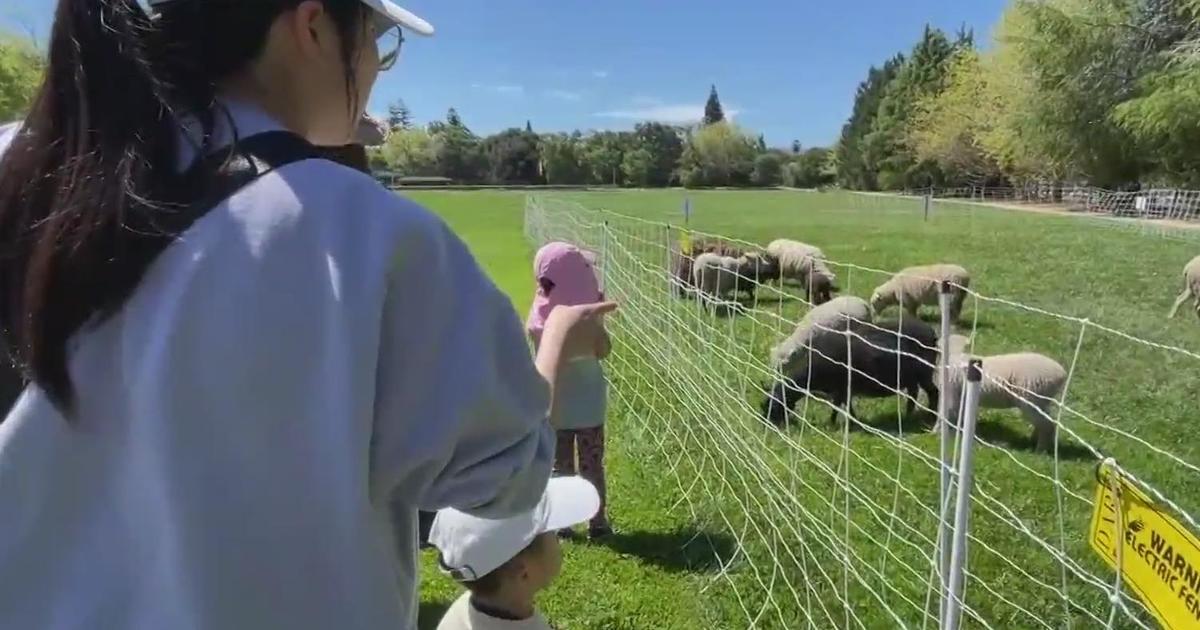Despite Drought, Plenty Of Gallons Still Needed To Water California's Crops
RIPON, San Joaquin County (KPIX 5) – Dave Baker has been farming his walnut orchard in San Joaquin County since 1978. He's farming a bit differently than what his father-in-law did back in 1944.
"When you look at this field you have to understand this field is laser leveled. It's what we call 'table top,'" Baker told KPIX 5.
The field is so perfectly flat, he irrigates much more efficiently using inches of water, not feet.
"We put on the same amount of water they do in a drip system or a micro sprinkler system. The difference in this one is you get more ground water recharge out of flood irrigation," Baker said.
As efficient as it is, thanks in part to the drought, next month Baker is converting to an even more water stingy sprinkler system.
But every year, drought or no drought, the trees still need 32 inches of water to survive. This year, Baker is only getting 24 inches of his normal allotment, so he will have to buy the rest for other farmers willing to give up his share.
Most people don't realize how much water it takes to grow their food. For example, to grow one single almond it takes one gallon of water. To grow one head of lettuce it takes three-and-a-half gallons of water. And to grow one walnut, it takes five gallons of water.
"Nobody is a bad guy in this," said Professor Daniel A. Sumner of the UC Davis Department of Agriculture.
"And that is just the fact and that is here in California where we are incredibly efficient about it. So agriculture takes water," he said.
Sumner said farmers are definitely more efficient with their water use, and they have changed what they grow. Cotton has been cut by two-thirds, and has mostly been replaced by trees, which over time have been replaced by more trees.
Those new trees, Sumner said, produce more nuts, more profit, and use less water.
"That water goes into nuts. That is what we do with that water. We are not growing big trees. We are not growing leaves. We are growing nuts," Sumner said.
Because of the drought this year, Baker said growers will be forced to let 500,000 to 600,000 acres sit idle, sending food prices skyrocketing.
Both men agree, the ultimate answer is more storage of the rain and snow we do get.
"The problem with it is, it's a long term solution which we have to work on. There's no overnight solution to a drought except more rainfall right now," Baker said.
For now, about the best we can do is hope next year's El Nino prediction bears fruit.



